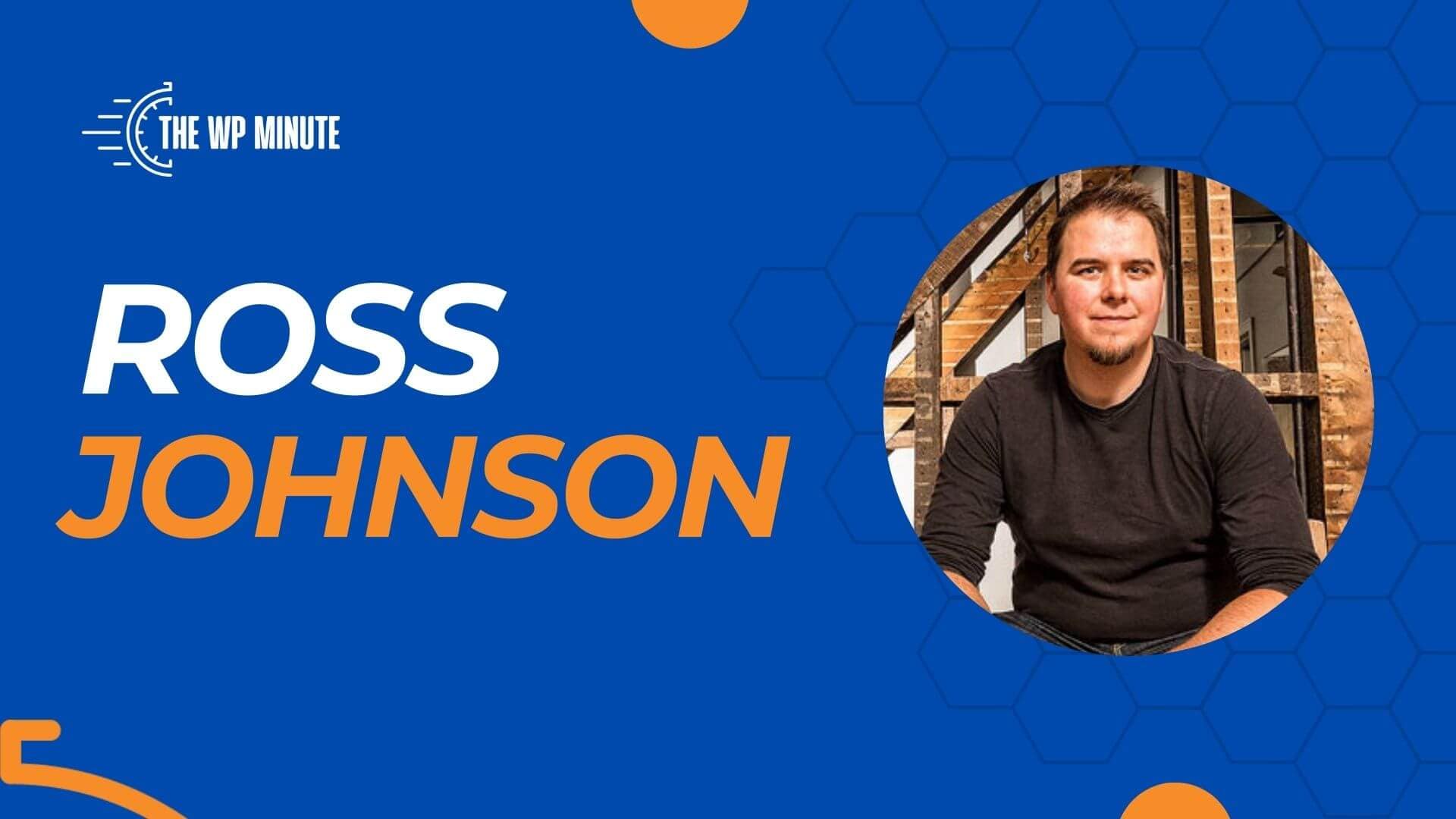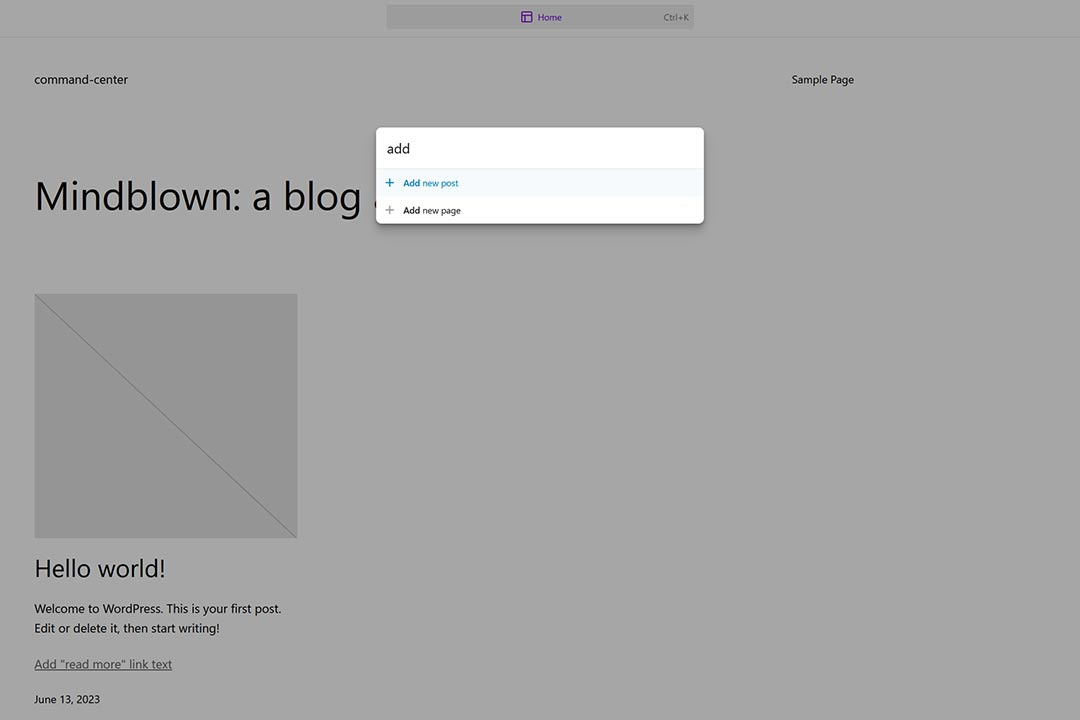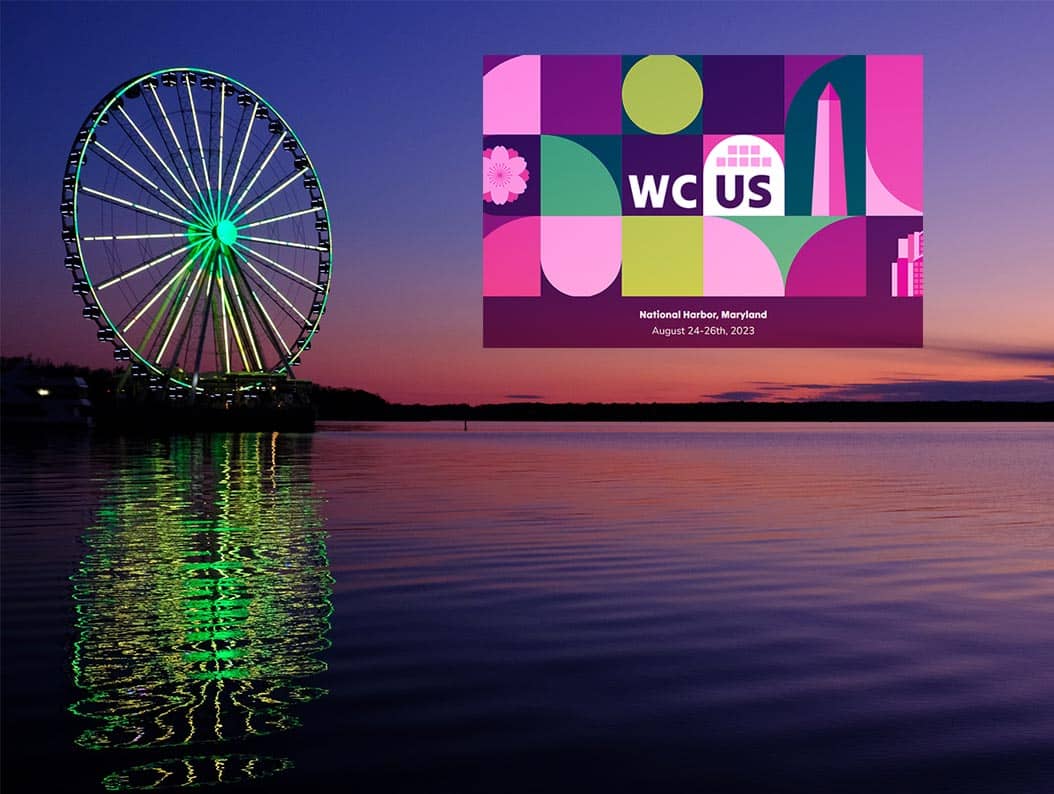The release of WordPress 5.9 marks the dawn of a new era. One that will change the way websites are designed, built, and maintained.
We’re talking about Full Site Editing (FSE). When coupled with a compatible theme, this new feature will allow virtually every aspect of a website to be tweaked within the block editor. Headers, footers, page and post templates are all a few clicks away. And that’s just the beginning.
Bertha is an AI-based writing assistant that has been trained on hundreds of billions of lines of content to help you write better content on your WordPress website.
It’s a fundamental shift for WordPress themes – not to mention those of us who make a living with them in one way or another. Layouts and most functionality will be configured via blocks. Suddenly, you don’t need to be a full-fledged designer or PHP developer to create your own theme.
There’s a lot of talk about FSE’s potential to empower website owners and non-designers. That’s all well and good. But what about the impact on freelancers? Let’s take a deeper look.
Delayed Impact
When we start digging into new features, there’s always a concern for any immediate impacts. But whatever comes from Full Site Editing will happen gradually.
For most of us, nothing changes in the short term. That’s because you’ll need a compatible WordPress theme to take advantage of the functionality. Whether it’s a retrofitted “Classic” theme or a newfangled block theme – neither is in widespread use just yet. So, no worries that clients are going to start hacking away at your carefully-crafted layouts.
That’s a good thing, as FSE is still evolving. There will be shortcomings to address and bugs to fix. Adopting the technology now is a bit like buying an electric vehicle with a very limited range. It’s cool but nowhere near ready to be your everyday driver.
In that sense, there’s no need to be hesitant about updating to WordPress 5.9. It’s not a trap! Rather, it’s the first step in a long transition.
A New Way to Work with WordPress Themes
Full Site Editing will mean changes for everyone. But the degree of change will largely depend on how you work with WordPress themes.
Theme Authors
If you build themes from scratch or use a starter theme such as Underscores, there’s no immediate pressure to support the feature. But there probably will come a time when you’ll want to learn the inner workings of block themes. And that will take some getting used to.
Block themes are not only structured differently than their classic counterparts, but the contents of the templates inside are also vastly changed. They eschew PHP in favor of HTML and require knowledge of Gutenberg’s block markup.
CSS is also a different animal, in that much of it will be written for us in the block editor. Block styles are configured via the new theme.json file. No more stuffing everything into style.css. It’s not rocket science, but certainly, a disruption when compared to the classic theme workflow.
Users of Third-Party Themes
If you tend to work with third-party themes or frameworks, it’s worth wondering what the future holds. Will the author add FSE functionality, making it a “hybrid” theme? What about offering a block theme variant?
If the answer to either of those questions is “yes”, you may also be looking at changes to your workflow. The biggest is the move from the Customizer to the new Site Editor for making edits.
On the bright side, the Site Editor may offer a higher level of access than the Customizer, which only contains settings the theme’s author has explicitly made available.
Users of Page Builder Themes
Some popular page builders such as Beaver Builder, Divi, and Elementor have companion themes that feature site editing capabilities. They provide functionality similar to Full Site Editing.
Once again, the main concern here is whether or not these tools will adopt FSE. If one or more jumps on the bandwagon, it won’t be anytime soon.
For one, page builders utilize their own proprietary layout tools as opposed to blocks. Plus, their developers have invested a lot into these products. It would be a surprise to see a sudden shift here.
Dealing with Clients and Projects
Because we are in a time of transition, freelancers are at a bit of a crossroads. There can be a feeling of uncertainty when deciding on the direction of a new project. Classic themes are still here, but are they the most future-friendly option?
On the other hand, choosing to go with Full Site Editing opens up a new can of worms when it comes to clients. It not only changes the way we approach a project but how it will be maintained.
For those who have spent years perfecting the “client-proof” website, FSE may sound like a nightmare. Providing clients with the tools to change every aspect of their theme seems like an invitation to trouble. The ability to lock down certain aspects of a theme will be available, but there’s still a chance for mischief.
There’s also a revenue component. In some cases, freelancers won’t be needed to perform basic tasks such as swapping out a logo or changing the link color. Some clients will undoubtedly jump at the chance to do things themselves.
Although, perhaps there will be some money coming in when you’re asked to “put it back the way it was” after a mishap.
An Opportunity to Learn and Grow
Just as with the transition to Gutenberg, Full Site Editing presents an opportunity. And it’s something every freelancer can take advantage of.
Start Experimenting
First, there’s a chance to learn something new. Whatever your opinion of the feature, it’s going to be a key part of WordPress moving forward. There’s no hurry to become an expert. But there’s much to be gained by becoming familiar with how it works.
Make some time to experiment. Spin up a local WordPress install, download a block theme, and start playing. You’ll become aware of the nuances of FSE and how it evolves.
Help Clients with the Transition
Perhaps you have a client who has been aching for this type of feature. If so, reach out to them and let them know about FSE. It may put you on a path to your next project.
In the long term, every website will need a refresh at some point. Building FSE into a redesign may make sense in some situations. And, despite it being labeled as an “easier” way to build a theme, it still requires expertise to put it into action. This is something you can charge for.
Client education is also an area where FSE can boost your bottom line. If clients are going to use the tool, they’ll benefit from having a good teacher.
Bertha is an AI-based writing assistant that has been trained on hundreds of billions of lines of content to help you write better content on your WordPress website.
Think About How Full Site Editing Fits Your Business
The good news is that we all have a little time to consider how FSE fits into our business. We can decide where and when it makes sense to implement, or if it’s destined for the back burner.
However, it stands to reason that the feature will become more prevalent over time. As the adoption rate rises, so too will the impetus to learn how it all works.
While it doesn’t necessarily have to be at the top of your to-do list, it should occupy a spot. Part of being a successful freelancer is in preparing for what’s next.
Join The Newsletter
Get your favorite 5 minutes of WordPress news for busy professionals every week — 100% Free! Join the WP Minute Newsletter below 👇







